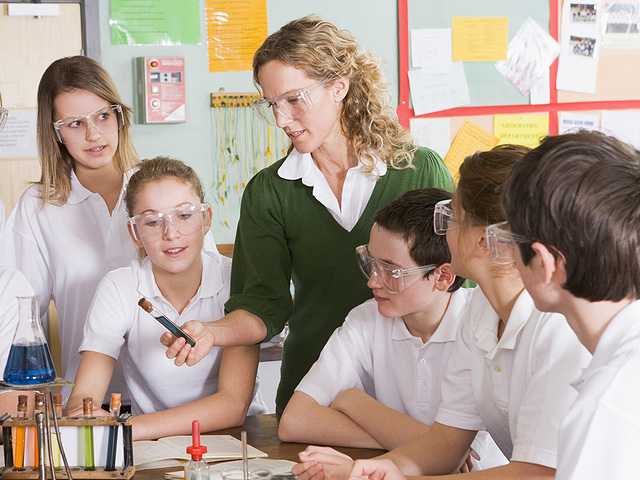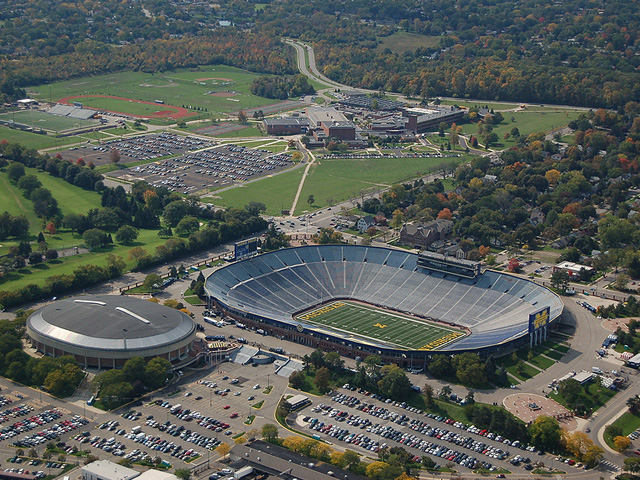Animation is the rapid display of a sequence of images of 2-D artwork or model positions in order to create an illusion of movement. It is an optical illusion of motion due to the phenomenon of persistence of vision, and can be created and demonstrated in a number of ways. The most common method of presenting animation is as a motion picture or video program, although several other forms of presenting animation also exist.
2D Animation Figures are created and/or edited on the computer using 2D bitmap graphics or created and edited using 2D vector graphics. This includes automated computerized versions of traditional animation techniques such as of tweening, morphing, onion skinning and interpolated rotoscoping.
3D Animation Digital models manipulated by an animator. In order to manipulate a mesh, it is given a digital armature (sculpture). This process is called rigging. Various other techniques can be applied, such as mathematical functions (ex. gravity, particle simulations), simulated fur or hair, effects such as fire and water and the use of Motion capture to name but a few. Many 3D animations are very believable and are commonly use as special effects for recent movies.















